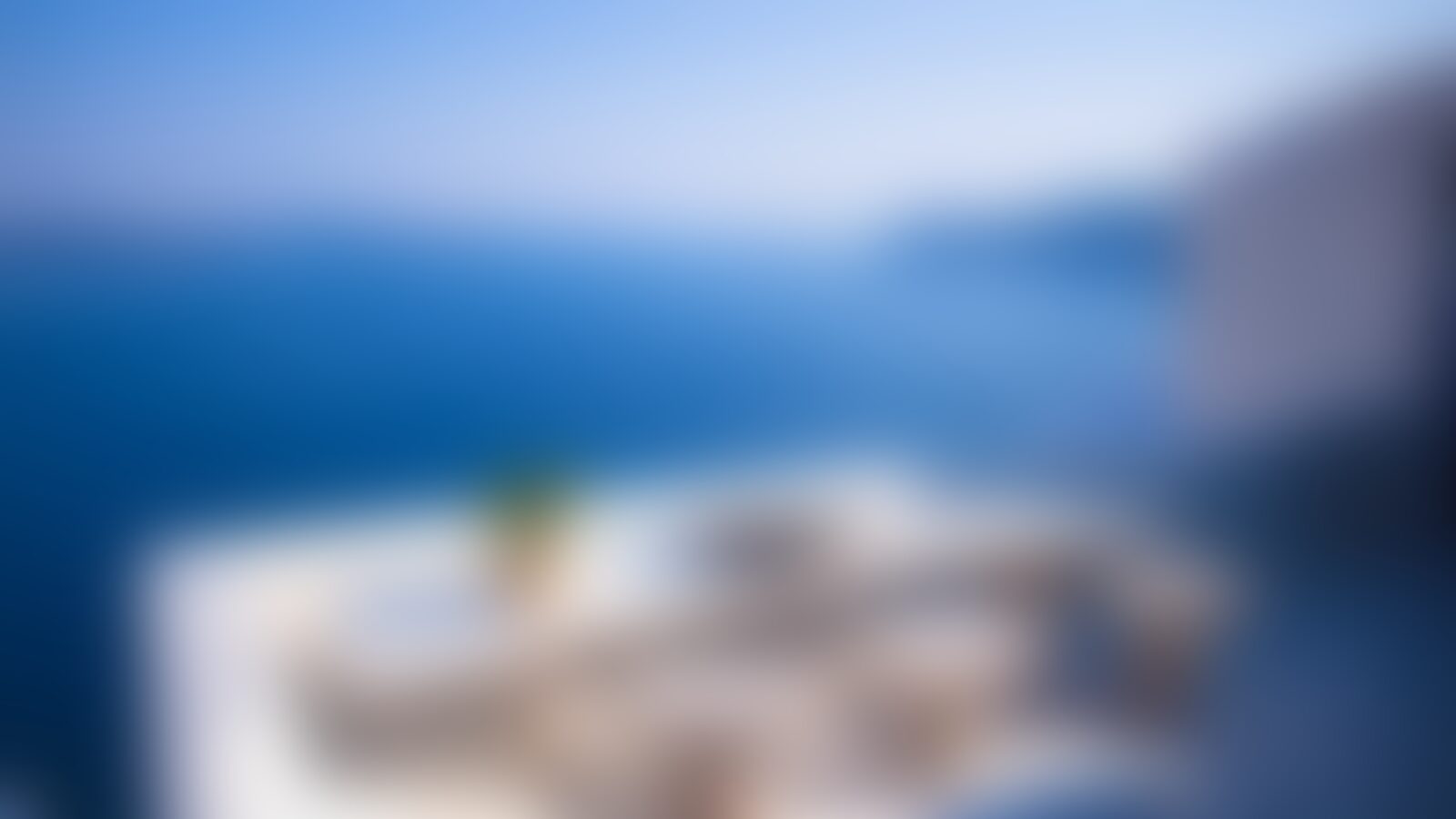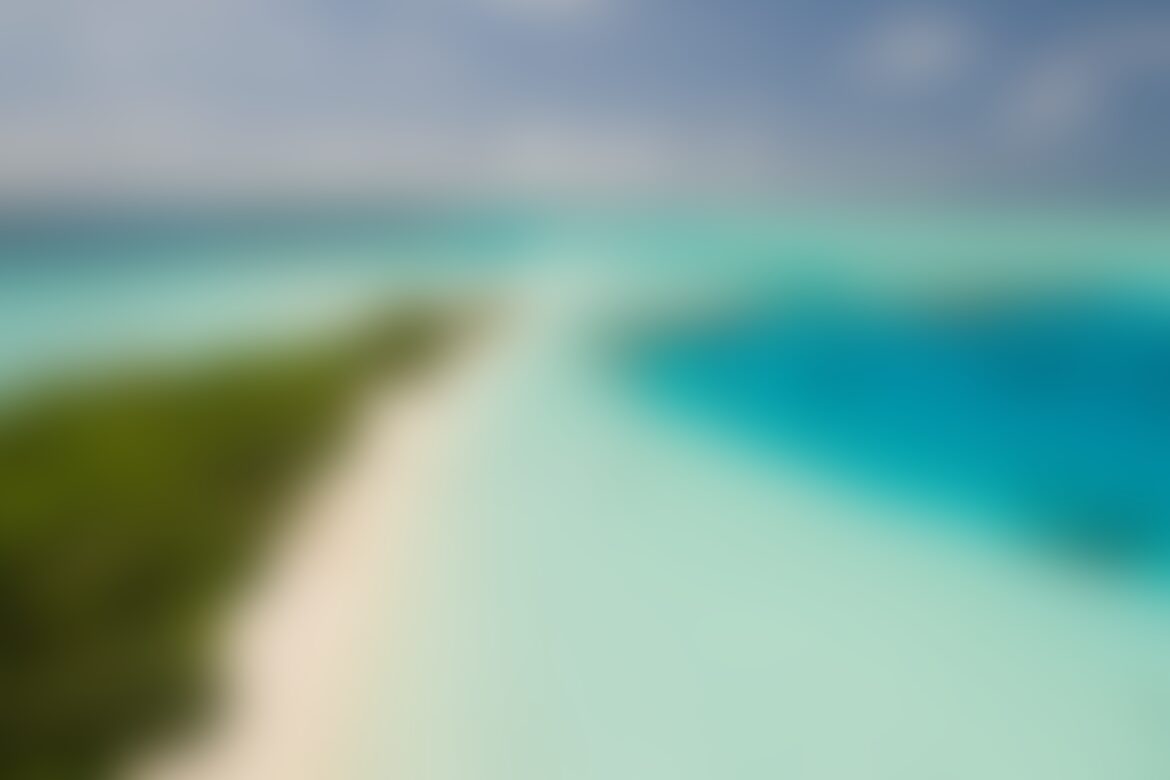Casa Zarino a carattere familiare fortemente spinto sul talento dell’artista, nonno parlava 5 lingue, uno dei migliori albergatori, tanto per la comunità amalfitana, scrittore della guida turistica di Amalfi, con commento di croce. Riportare citazioni di chi ha recensito la guita tra cui Benedetto Croce.
Mio padre parrucchiere Antonio e Zarino, Ar Zarino parrucchiere, Antonio Dipino in qualceh foto ritratto pure lui, persona particolare, ricerca del bello, ceramica. Con tanti sacrifici ha spinto con questa cosa, ci ha vissuto anche nella casa.
Mia mamma ora sta aiutando nella preparazione delle stanze, già professionalità
The island was the site of one of the largest volcanic eruptions in recorded history: the Minoan eruption (sometimes called the Thera eruption), which occurred about 3,600 years ago at the height of the Minoan civilization. The eruption left a large caldera surrounded by volcanic ash deposits hundreds of metres deep. It may have led indirectly to the collapse of the Minoan civilization on the island of Crete, 110 km to the south, through a gigantic tsunami. Another popular theory holds that the Thera eruption is the source of the legend of Atlantis.
Beaches.
The oldest signs of human settlement are Late Neolithic (4th millennium BC or earlier), but c. 2000–1650 BC Akrotiri developed into one of the Aegean’s major Bronze Age ports, with recovered objects that came not just from Crete, but also from Anatolia, Cyprus, Syria, and Egypt, as well as from the Dodecanese and the Greek mainland.

Monastery.
The oldest signs of human settlement are Late Neolithic (4th millennium BC or earlier), but c. 2000–1650 BC Akrotiri developed into one of the Aegean’s major Bronze Age ports, with recovered objects that came not just from Crete, but also from Anatolia, Cyprus, Syria, and Egypt, as well as from the Dodecanese and the Greek mainland.
Archaeological Museum.
The oldest signs of human settlement are Late Neolithic (4th millennium BC or earlier), but c. 2000–1650 BC Akrotiri developed into one of the Aegean’s major Bronze Age ports, with recovered objects that came not just from Crete, but also from Anatolia, Cyprus, Syria, and Egypt, as well as from the Dodecanese and the Greek mainland.











